Durvasasana ( दुर्वासासन ) is also known as ‘Sage Durvasa’s Pose’. This pose is a part of Hatha yoga that improves mind-body coordination and offers great stretching of hips, back, calves etc. Besides this, it makes your body stronger and flexible. Here, we will discuss various such benefits, steps and precautions for performing Durvasasana.
The Sanskrit name, Durvasasana is the combination of two words – Durvasa ( दुर्वासा ) is the name of an ancient sage and ‘Asana‘ ( आसन ) means ‘seat‘ or ‘pose’ It’s an advanced standing yoga pose in which a yogi needs to stand on his one leg & other one behind the neck while both hands should be kept together over the chest in Anjali Mudra.
Durvasasana is a part of ‘Ashtanga Vinyasa Yoga’ that creates a balance between your mind, body and spirit. This pose is mentioned in the 18th century literary works of Kapāla Kuraṇṭaka’s ‘Hathabhyasapaddhati’ and Krishnaraja Wadiyar III’s ‘Sritattvanidhi‘
Durvasasana works as the full body workout because it involves body balance, twists, stretches etc. This challenging hip opening posture requires a lot of strength and flexibility of your core and hamstrings muscles to hold the pose without any strain or injury.
How to practice Durvasasana (Sage Durvasa’s Pose)
To get the maximum benefits and to avoid any injury, follow the below mentioned step-by-step guide to do Durvasasana :
Step 1 :
- Begin this pose by sitting cross legged on the floor, then bring your right foot next to your chest.
Step 2 :
- At this moment, gradually take your right foot up to your head and try to place it over your head.
Step 3 :
- Once you’re able to place the foot is behind your head, bring the sole of your left foot to the floor.
Step 4 :
- Push down into floor with your hands & left foot while lifting hips and right foot behind your head.
Step 5 :
- Here, your body would assume Uttanasana, folded forward bend with your foot behind your head.
Step 6 :
- Now, try to stand up on your left leg by pushing your upper body upward as per your own capacity.
Step 7 :
- Once you are able to stand on your left leg, join your hands in prayer position in front of your chest.
Step 8 :
- Hold the pose for about 4-5 breaths and relax; steadily fold forward again and come back to seated.
Step 8 :
- Breathe normally for sometime then repeat entire process on the other side for same amount of time.
Precautions And Contradictions
- You should avoid Durvasana, If you have any injuries in your hips, knees, neck, legs or back.
- Women must avoid the practice of this asana during their pregnancy and menstrual cycle.
- If you’re suffering from severe headache, hernia or osteoporosis should avoid this posture.
- Avoid its practice if you’ve any recent surgery on your back or waist, spinal column ailments.
Benefits of Durvasana ( Sage Durvasa’s Pose )
Following are the health benefits of Durvasana – Sage Durvasa’s Pose that you would attain gradually with its regular practice :
This asana helps to improve digestion, blood circulation, flexibility, self awareness, sub–consciousness and relieves body pain.
1. Durvasana Strengthens Lower Body Muscles
- Durvasana is an excellent hip opener exercise that promotes strong legs along with the external rotation of the posterior.
- It’s an great stretching for your hips, hamstrings, glutes etc. Thereby improves the flexibility and mobility of these muscles
2. Durvasana Strengthen Your Core and Back
- The Sage Durvasa’s Pose is a powerful remedy that helps you to tones your core & back region and makes them stronger.
- Plus, its practice has a positive effects in improving your overall digestion, flexibility of spine, relieves stiffness & back pain.
3. Durvasana Increases Blood Circulation
- Regular practice of Durvasana helps to improve the blood flow also helps to enrich the hemoglobin content in your body.
- This asana not only supports optimal functioning of your internal organs but also eliminate harmful toxins from your body.
4. Durvasana Nourishes Your Nervous System
- Sage Durvasa’s Pose requires lot of effort to hold its final position that eventually improves your balance & concentration.
- Moreover, it also helps to lower down your fatigue and stress level; promote mindful breathing & make you feel relaxed.
Preparatory Poses
- Supta Padangusthasana
- Sarvangasana
- Eka Pada Sirsasana
- Paschimottanasana
- Akarna Dhanurasana
Follow up Poses
- Ustrasana,
- Chakrasana,
- Setu Bandha Asana
Tips For beginners
- To maintain the body balance, you should breathe slowly and deeply as you hold this yoga asana.
- You may perform other hip-opening and hamstrings related asanas before practicing this asana.
- It is highly advisable to perform this yoga posture under the guidance of a certified yoga teacher.
Conclusion
Although Durvasasana is a challenging yoga pose but it worth doing it as it provides multiple health benefits – makes hips and legs supple; improves flexibility of your spine; releases stiffness of muscles; increases blood circulation etc.
We really hope that this article would be useful guide for your practice of Durvasana. So, at the end, we would like to invite you to please do share your thoughts, views and suggestions on this post in the comment section down below.
Also Read
FAQs related to Durvasasana and its health Benefits
Do Durvasasana really help to improves the functioning of Heart ?
The practice of Durvasasana enhances blood supply throughout your body that lowers your heart rate, relaxes heart muscles and stabilizes your blood pressure. Plus, it also enables the heart it to pump with its full force.
How do the practice of Durvasasana help to strengthen muscles ?
Durvasasana or The Sage Durvasa’s pose requires a lot of flexibility, mobility and stretching of different body muscles that helps to strengthen your spinal cord, calves, hamstrings, glutes, psoas and hip flexors muscles.
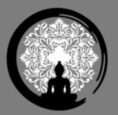
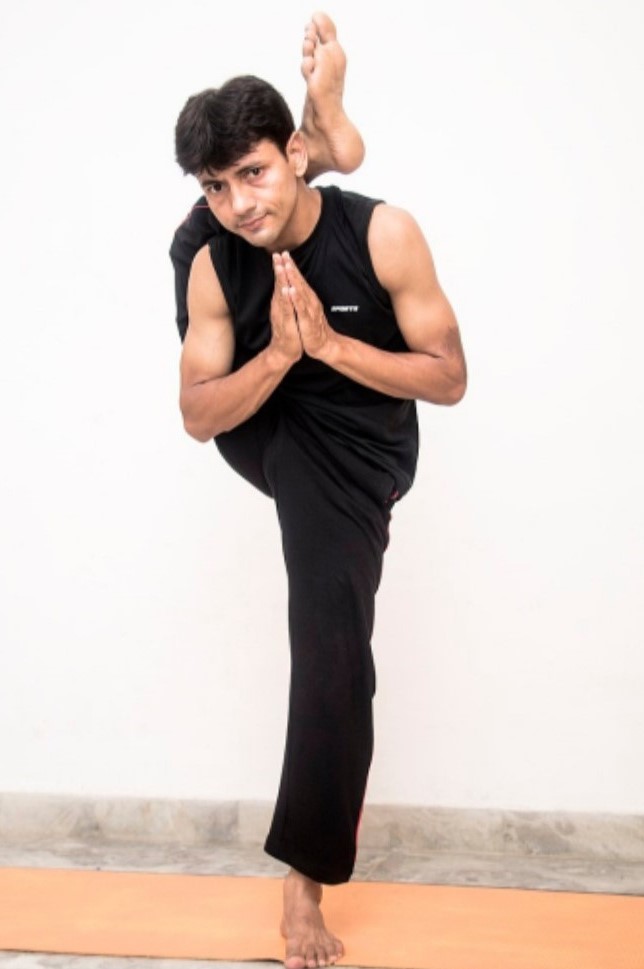
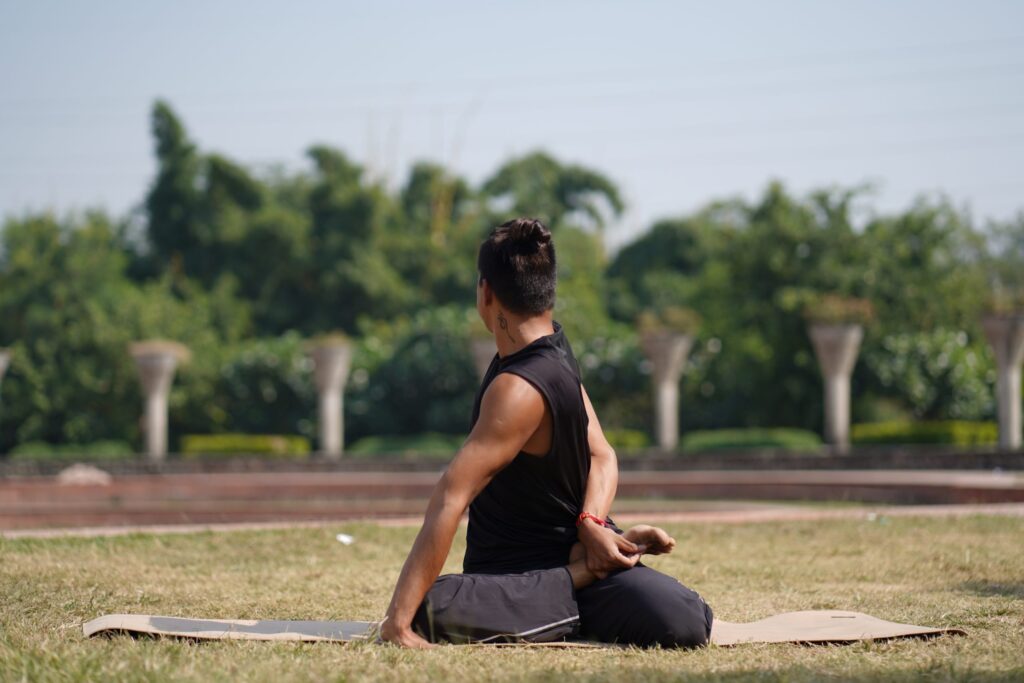
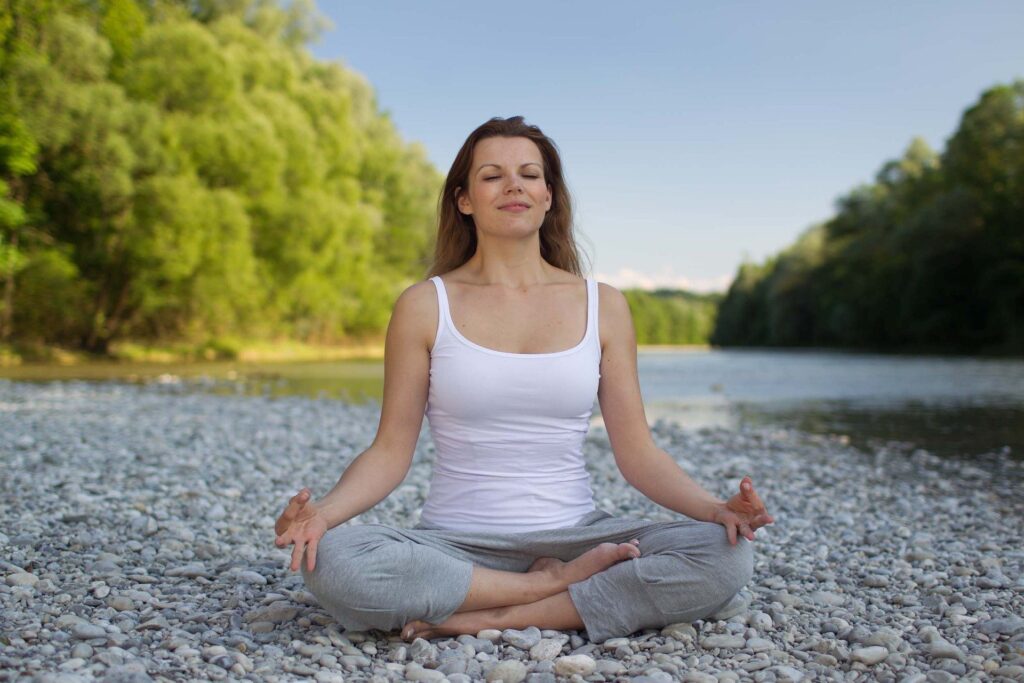
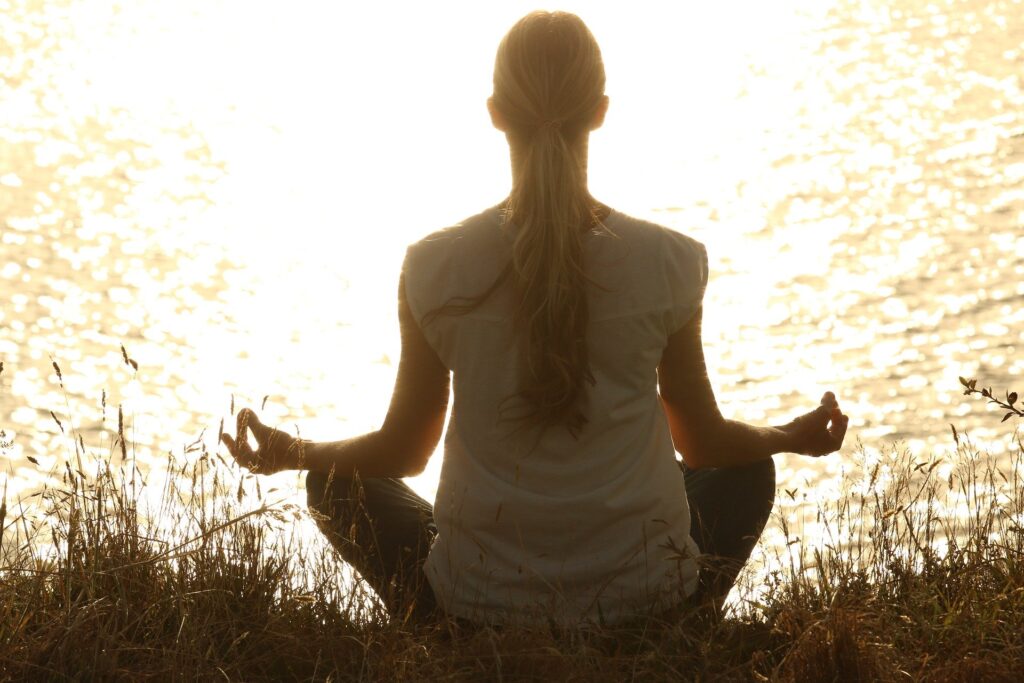
Just discovered this blog through Bing, what a way to brighten up my year!